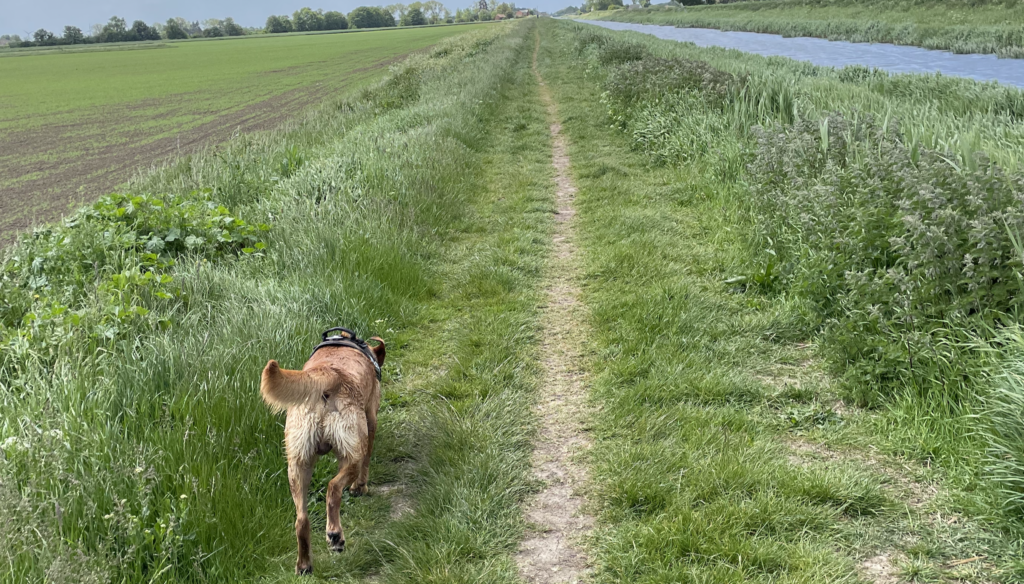I spent way too much time thinking about this stuff.
My recent playing around with the daily note format, plus tinkering with Mastodon etc, and following the exploits of Dave Winer and others on their blogs, has made me start to think a bit more about how I would really like my blogging to work in an ideal world.
Most of my posts these days are effectively snippets – a link here, an aside there. It’s rare that I actually write longer posts (like this one!) that feature more than a paragraph and a link, and which justify their own title.
I type everything into Obsidian – as a desktop text editor – which has a simple WordPress integration that sends the text to be published online, converting Markdown to HTML along the way. Offline typing just feels much more natural to me and reduces down any anxiety around hitting that publish button (totally irrational, but there you go). The main downside of this approach is that the snippets I post only exists as parts of a longer, daily post; and also I can’t tag posts, only put them into a category.
The other issue is that posting these snippets to places like Mastodon and Twitter only happens when I remember to copy and paste them into each of those sites, or when I post a link to the daily summary post manually. Posting interesting links to Twitter used to be something I did all the time, and I got good feedback on it from folk.
The way this used to work, maybe 10 years ago or more, what that I would bookmark links into delicious (remember that?!), adding tags and commentary along the way. That then automatically tweeted them out, but also, thanks to a WordPress plugin, added them to a daily aggregated link roundup post, which gout published automatically every 24 hours. That was great! Although of course it only works for link-snippets, not simple asides.
I love the format that Jason Kottke seems to be using now. He posts links throughout the day, which seem to exist on their own on the site itself, but which emerge in his RSS feed as aggregated posts (“5 quick links for Tuesday afternoon… etc”). This seems sensible to me – although of course it’s hard to know these days how much of a thing RSS is.
Kottke.org runs on Moveable Type and, given it has existed for over 25 years, probably has a fair bit of custom stuff going on. I’m not sure what he uses as the main editor.
Dave Winer uses the outliner format for his blogging, which I have never quite managed to get my head around. He mostly posts snippets, which are individual posts that get published under the heading of the date they were published. Longer, titled items are also published within the flow and under the date banner too. This is totally understandable when you remember the outliner format:
- Date
- Snippet 1
- Snipper 2
- Title for longer post
- Snipper 3
And so on.
Each snippet, and paragraph within a titled, longer, post has it’s own permalink, so you can point to just that item or paragraph. Dave’s system is custom, I guess, and having had a dig around his site, I can’t quite figure out which iteration of his online outliner tool is the current one to use for blogging. Am sure there would be a way of posting to it via a desktop text editor or outliner, but am not sure my tech chops would be up to figuring it out.
Maybe micro.blog is the answer, but I can’t see myself migrating away from WordPress for various reasons. But it must be possible to build out a micro.blog-esque approach in WordPress, using customer post types integrated with a desktop text editor, which maybe can also aggregate snippets into daily roundup posts like Kottke.org along the way? Oh, and which makes for easy tagging and distribution around place like Mastodon and (while it lasts) Twitter?
Maybe?!

